What does Yega Xuefei mean? what kind of coffee beans are suitable for hand-flushing? taste description
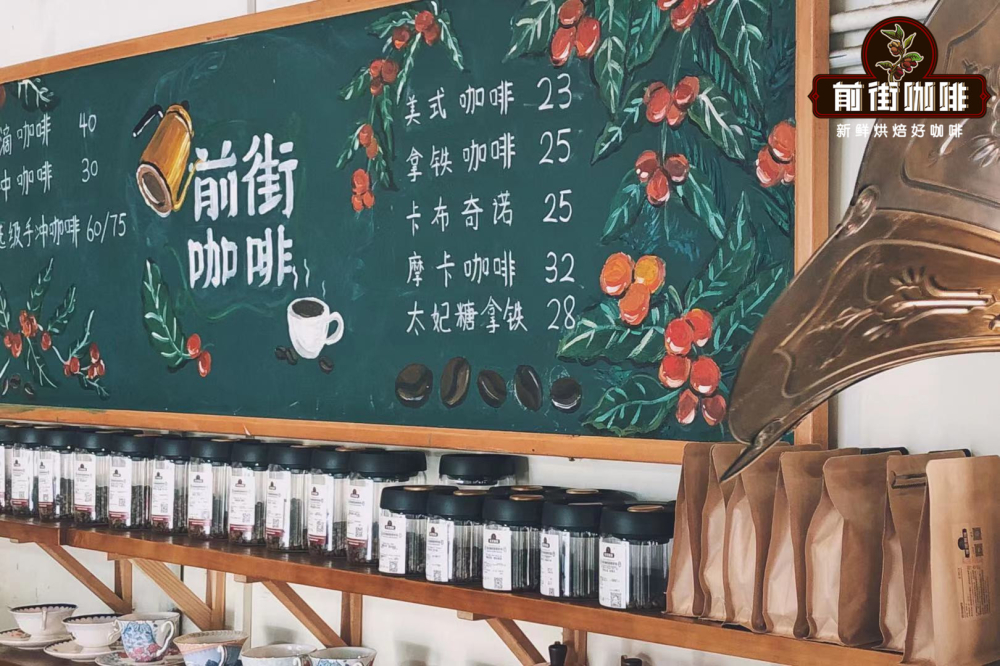
On the front street, if you come to drink coffee for the first time and want a cup of sour coffee with a fresh taste, the front street barista will recommend you to try Yega Chuefei. The front street of this article will introduce you to the mystery of this flower-scented fruit coffee.
What does Yega Xuefei mean?
Yirgacheffe means "settle down" in the ancient Ethiopian language (Yega Yirga), and "Cheffe" means "wetlands". Therefore, Yega Xuefei means "let us settle down in this wetland". It was originally the name of a small town in Ethiopia, the hometown of coffee. Here is about 1700-2200 meters above sea level, the temperature is low, the growth rate of coffee is relatively slow, there is enough time to accumulate more nutrients and flavor substances. Because of the unique flavor and high quality of the coffee beans, Ethiopian farmers compete to take pride in the flavor of their coffee. In 2004, in order to promote its coffee, the Ethiopian government also applied for a patent for the name of the "Yirgacheffe" producing area. Now Yega Sheffield Coffee has become synonymous with Ethiopian boutique coffee.
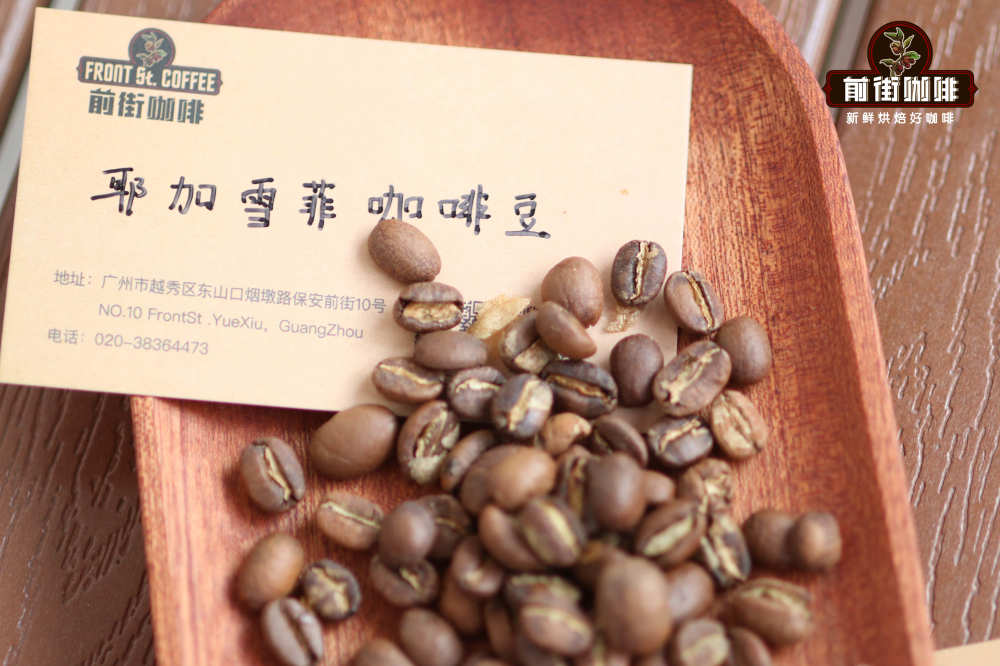
Friends who have drunk Yega Chuefei should immediately think of the bright and rising sweet aromas of citric acid, flowers and honey, soft acidity and citrus flavor, fresh and pleasant taste. Different from the traditional bitter coffee, Yega Xuefei not only does not have a mellow and bitter taste, but also shows a fragrance spectrum like fruit tea, which makes people fall in love with it as soon as they drink it, so Yega Xuefei is also a favorite for many coffee enthusiasts.
The unique secret of Yega Xuefei flavor
The reason why Yejia Xuefei has such a distinct style, in addition to the innate local conditions, a large part of it is due to washing treatment. Ethiopia generally has a high altitude and abundant sunshine, which is quite suitable for drying coffee fruits in the sun. The traditional sun treatment is too rough, each coffee farmer can be carried out in his own yard, will be directly spread on the roof, the ground drying, rough methods have brought a lot of unpleasant taste, but also caused uneven coffee quality.
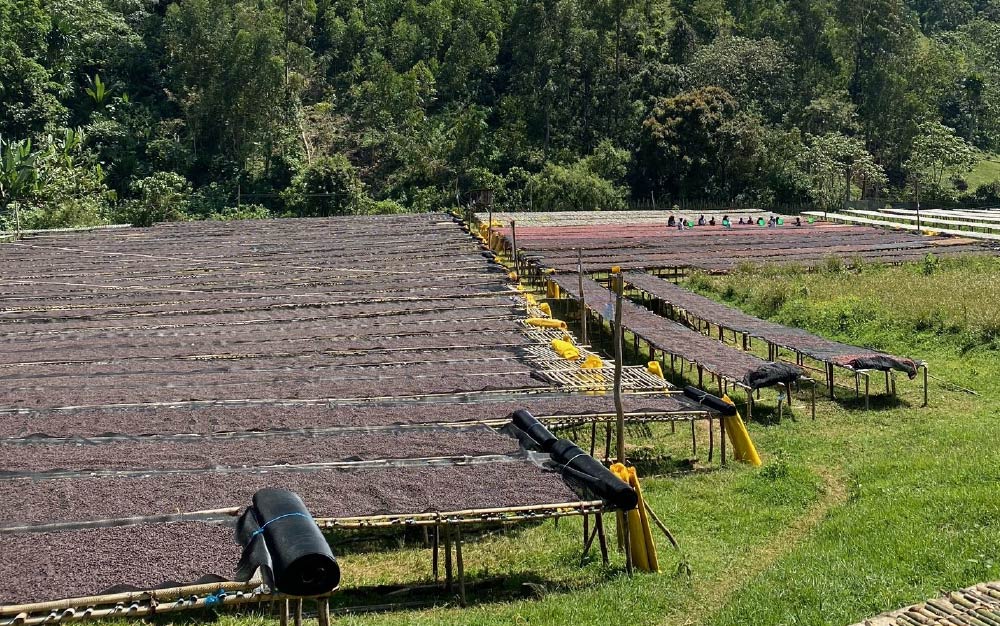
The Ethiopian government introduced more advanced washing technology and related equipment from Central and South America in 1972. Farms that use the washing method must build washing ponds and be able to introduce an endless supply of running water, resulting in higher production costs. During the treatment, put the mellow beans into the pool and pass them back and forth, using the friction of the beans and the power of running water to wash the coffee beans until smooth and clean. Impurities and defective beans are removed in each step, so the quality of raw beans is more uniform, and the final transaction price is higher than that of natural drying coffee.
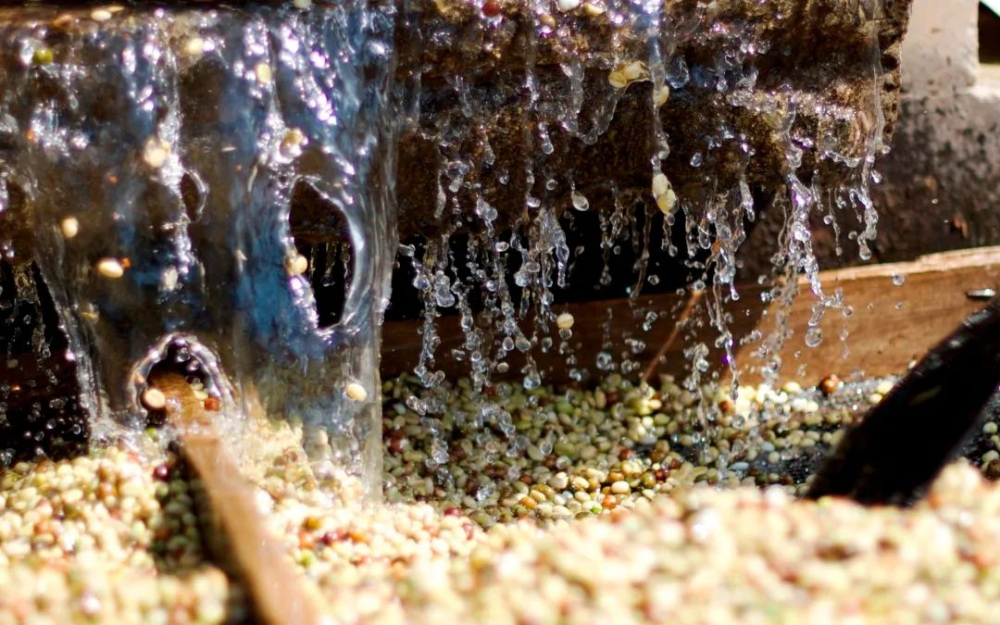
Washing not only greatly reduces the defect rate of coffee, but also wins Yega Xuefei fresh citrus tone and elegant white flower aroma, with a bright, delicate and clean overall flavor. Qianjie launched Ye Jia Xuefei rations beans are washed, with the classic Ye Jia Xuefei flavor, suitable for hand flushing, cold extraction, French kettle and other ways of cooking.
Do you have Yega Chuefei in the sun?
Although washed coffee has become popular for a time, sun treatment still accounts for the main part of Ethiopian coffee. Unlike in the past, today's sun treatment pays more attention to manual screening and ensuring uniform drying. The red cherry coffee beans on the front street bean list are selected from sun-treated Yega Xuefei.
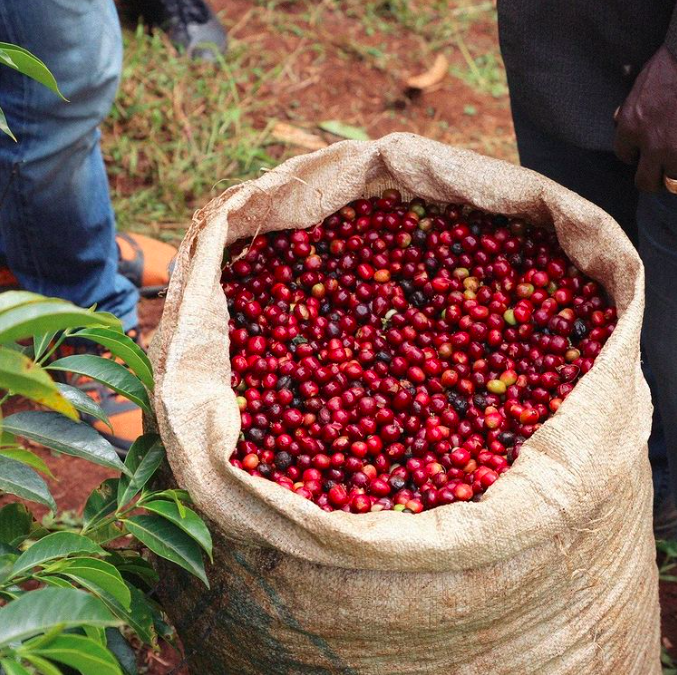
In order to improve the income of local farmers in Ethiopia and the quality of coffee, the Dutch trading company Trabocca BV launched the Red Cherry Project (OPERATION CHERRY RED PROJECT) in 2007, mainly aimed at some high-altitude producing areas such as Yegashafi, Ethiopia, to improve the treatment techniques such as washing, semi-washing and solarization, with the participation of professional cup testers, and the harvest season will set different coffee harvests for different microclimate areas. Only 100% ripe red coffee cherries must be harvested and the yield is about 1500-3000KG. The financial support provided by Trabocca, new hardware equipment and production knowledge and technology have greatly improved the quality of coffee beans in the Yegashafi region and even the entire Ethiopian country, which in turn has higher coffee prices, thus increasing the income of farmers.
Freshly pick coffee red fruit, through manual screening, pick out defective beans and overripe or moth-eaten ones, leaving good beans. Then sent to the drying place for drying treatment, of course, different production areas use different drying racks, some will be tarpaulins, high beds, etc., the most common is the African-style drying bed, the drying time is generally 27-30 days, until the coffee turns dark purple, the moisture content is reduced to 11%. Yega Chuefei in the sun has a stronger flavor, a richer sense of hierarchy, a fermented wine flavor, and a higher sense of sweetness.
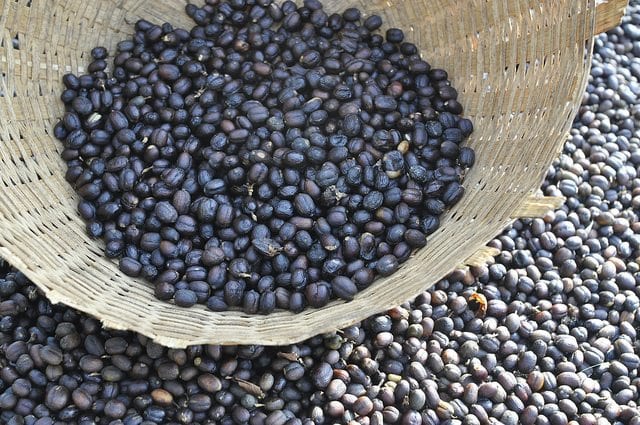
What is the variety of Yejia Xuefei?
Friends who often drink Ethiopian coffee should have noticed that the varieties of Ethiopian beans are always written as native or Heirloom native species. In the dictionary, Heirloom refers to "the precious property of generations", that is to say, coffee is an irreplaceable "treasure" for the Ethiopian.
It is estimated that there are about 10000 to 15000 family heirloom varieties in Ethiopia today, most of which have not yet been formally identified. Because of the variety and complexity of coffee beans in Ethiopia, it is very difficult to sort out and summarize them completely. in addition, in order to protect various wild varieties, the local government decided to pick different coffee beans together and named them "Ethiopian native species Ethopia Heirloom". This is why we always see that Essel beans are not as neat as coffee beans in some areas, but are "of different sizes, fat and thin".
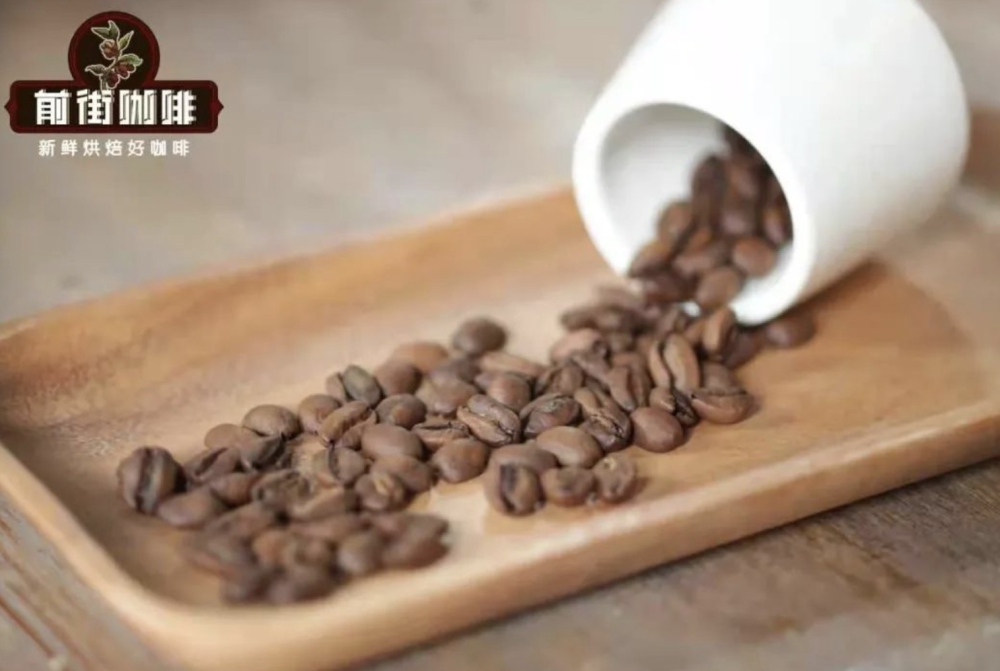
How do you cook the Yega Chefe flavor?
Different from the era of "bitter coffee", the light-roasted Yega Xuefei can be said to have ushered in a new era of sour coffee. The reason why the coffee is bitter is mainly because the roaster bakes the coffee beans deeply, and the main flavor is nuts and dark chocolate. With the emergence of the concept of boutique coffee, in order to retain more acidity, the roaster roasted the coffee to a light degree, giving it a pleasant sweet and sour fruit and white flower aroma.
The cooking parameters of Yega Xuefei:
Filter cup: V60 water temperature: 92-93 degrees Celsius powder: 15g powder-water ratio: 1:15 Grinding degree: fine sugar size (No. 20 sieve bowl sieve powder to 78%)
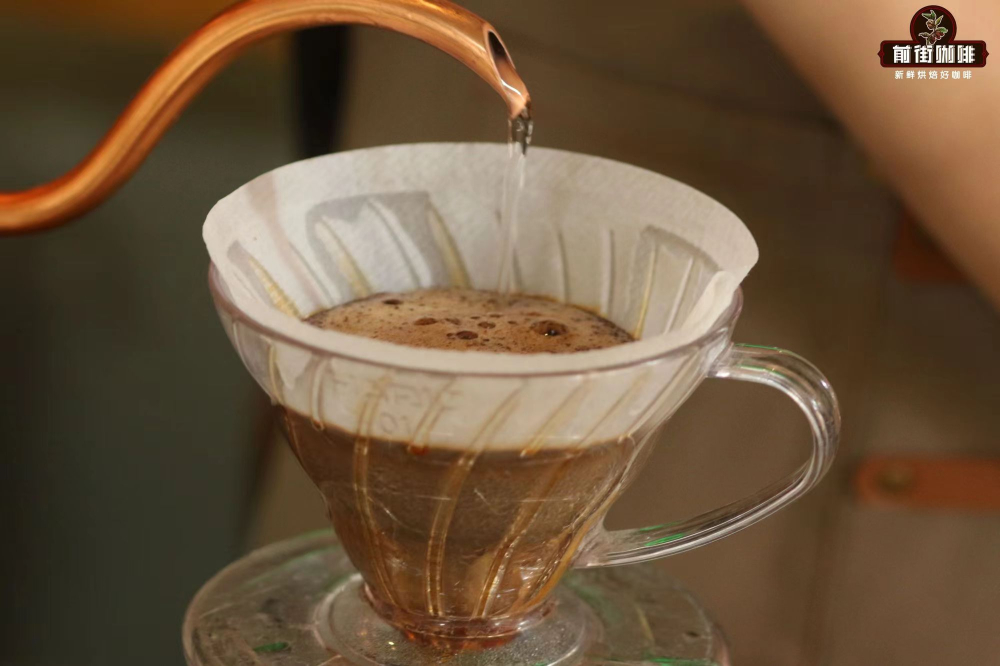
In the first stage, 30 grams of water is injected for 30 seconds, followed by 95 grams (about 125 grams indicated by the electronic scale). The injection is completed in about 1 minute, and the remaining 100 grams are injected at 3 places in the powder layer (about 225 grams shown by the electronic scale) in about 1 minute and 35 seconds. 2: 10 "trickling is completed, remove the filter cup and complete the extraction.
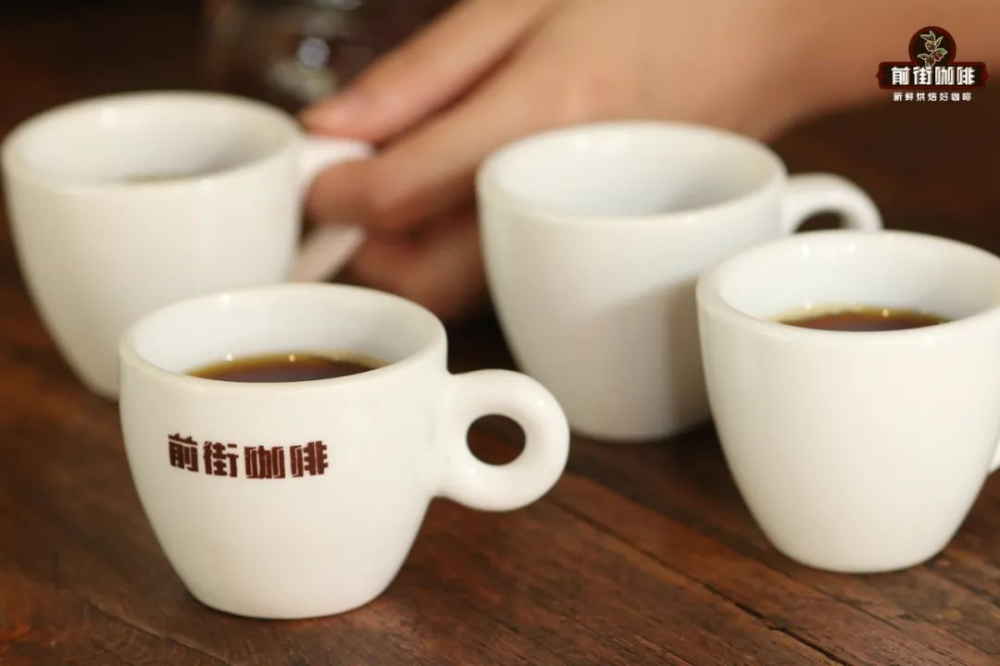
Sun red cherry flavor: lemon, licorice, citrus, berries, sweet orange, the overall sweetness is high, Huigan has caramel, cream flavor, with black tea aroma.
Washed fruit dingding cooperative flavor: there are citrus and black tea in the entrance, cream, caramel, almond aftertaste and clean and sweet taste with the change of temperature.
Professional coffee knowledge exchange more coffee bean information please follow the coffee workshop (Wechat official account cafe_style)
For more boutique coffee beans, please add private Qianjie coffee on Wechat. WeChat account: qjcoffeex
Important Notice :
前街咖啡 FrontStreet Coffee has moved to new addredd:
FrontStreet Coffee Address: 315,Donghua East Road,GuangZhou
Tel:020 38364473
- Prev
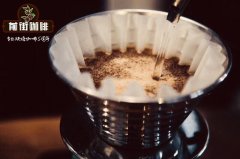
Is Yega Xuefei in Ethiopia good? is Yega Xuefei bitter? you don't want to wake up.
Professional coffee knowledge exchange for more information about coffee beans, please follow the front street of coffee workshop (Wechat official account cafe_style)-Yega Xuefei, Ethiopia, introduce the recognized birthplace of coffee in Ethiopia. The native Arabica coffee was first found in southern Sudan (according to records), but did not flourish until it spread to Ethiopia. With the development of the times
- Next

Ethiopia's original species Yegashefi Coffee Cooperative Introduction Flavor Taste Characteristics
Professional coffee knowledge exchange More coffee bean information Please pay attention to Coffee Workshop (Weixin Official Accounts cafe_style) Front Street-Ethiopian Native Species Introduction KongaCoop is The YirgacheffeCoff
Related
- Beginners will see the "Coffee pull flower" guide!
- What is the difference between ice blog purified milk and ordinary milk coffee?
- Why is the Philippines the largest producer of crops in Liberia?
- For coffee extraction, should the fine powder be retained?
- How does extracted espresso fill pressed powder? How much strength does it take to press the powder?
- How to make jasmine cold extract coffee? Is the jasmine + latte good?
- Will this little toy really make the coffee taste better? How does Lily Drip affect coffee extraction?
- Will the action of slapping the filter cup also affect coffee extraction?
- What's the difference between powder-to-water ratio and powder-to-liquid ratio?
- What is the Ethiopian local species? What does it have to do with Heirloom native species?

